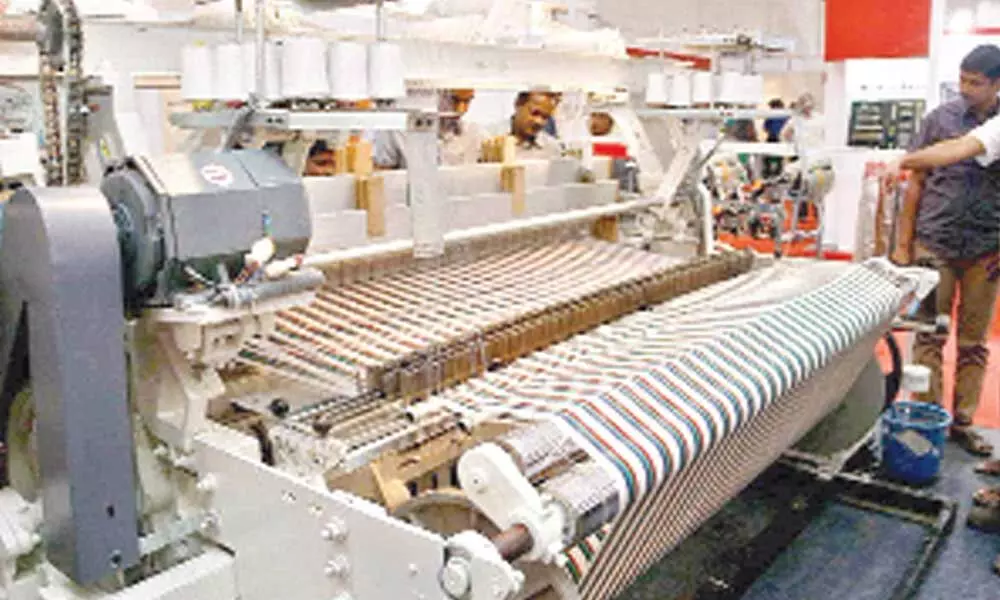Textile exporters to weave 20% growth this fiscal
The projected growth is riding on three tailwinds like strong retail sales, upcoming festive season, continued focus on health and hygiene; and the ‘China plus one’ strategy: Report
image for illustrative purpose

Mumbai: Home textile exporters are set for a big order boost from the biggest shopping season in the Western market and push their topline by around 20 per cent, said Crisil, which has also upgraded the industry outlook to positive.
Exporters of home textiles are set to weave 20 per cent revenue growth this fiscal, and therefore achieve a higher global market share, Crisil said in a note based on the analysis of 50 companies that account for over 60 per cent of such revenue indicates. The report said that the projected growth is riding on three tailwinds, strong retail sales in the US and a better outlook for the upcoming festive season in other export markets; the continued focus on health and hygiene; and the 'China plus one' sourcing strategy adopted by large customers.
Exports account for 60 per cent of the Rs 55,000-crore domestic home textiles industry, which comprises terry towels, bed sheets and spreads, pillow covers, curtains, rugs and carpets. Domestic sales account for the balance, according to the agency. Home furnishing retail sales in the US, the key export market accounting for 55 per cent of the total export revenue pie, jumped 42 per cent year-on-year in the first half of 2021, compared to 15 per cent growth in the same period in 2019.
Also, China plus one strategy is clearly playing out, which is visible from the sharp increase in the country's share of US imports of cotton bed-sheets and terry towels to 51 per cent in the first eight months of 2021 as against 46 per cent in 2020, while that of China has come down to 16 per cent from 20 per cent. Not surprisingly, the average capacity utilisation of three large listed home textile players in the bed linen segment rose to 87 per cent in the first quarter this fiscal compared to 68 per cent in the pre-pandemic level; and for the bath linen segment to 75 per cent from 66 per cent.


